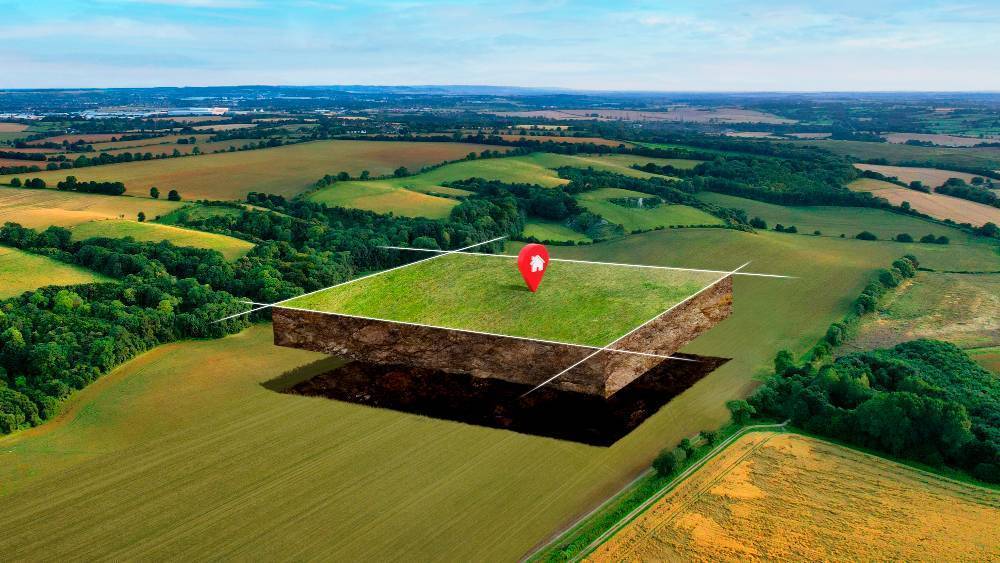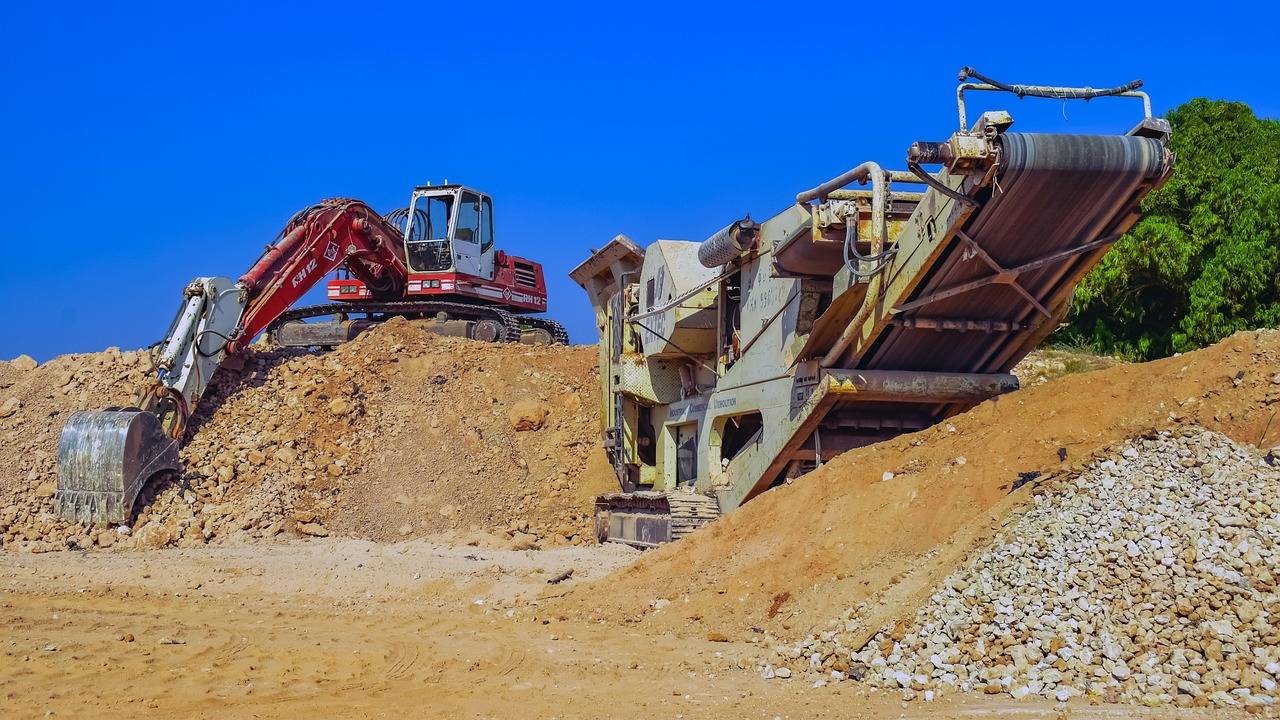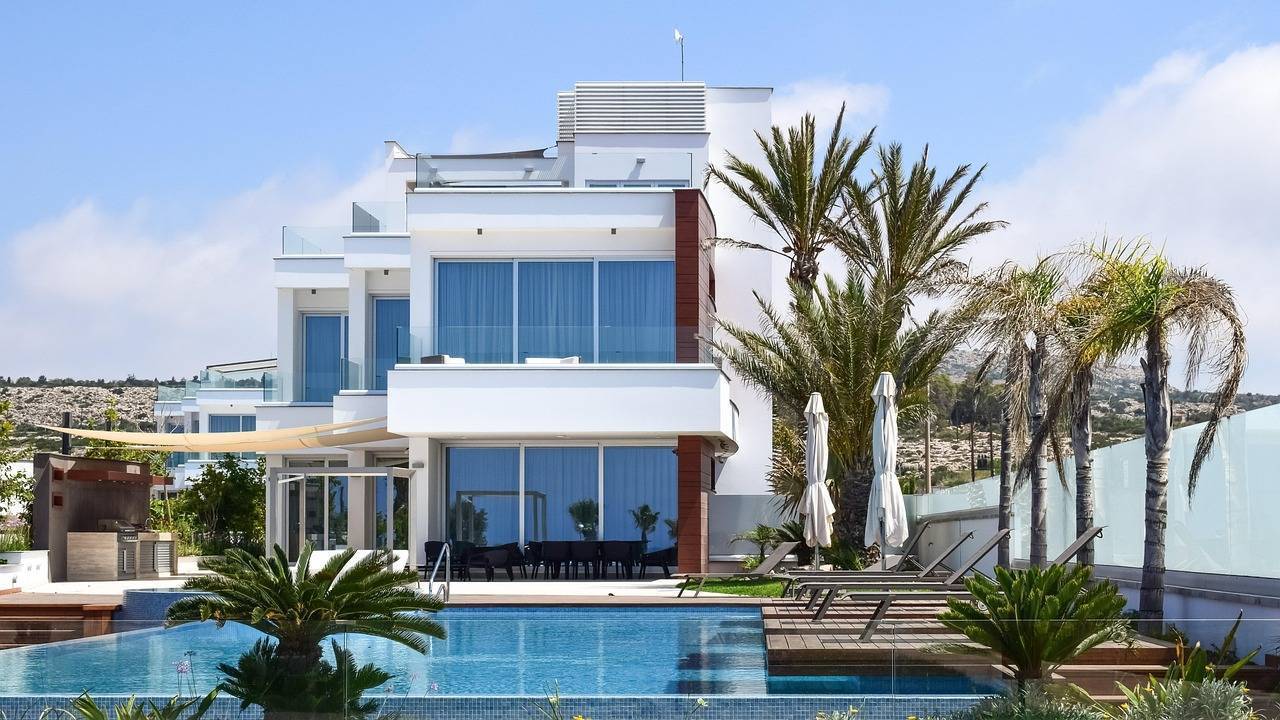Residential real estate markets in India’s top 15 tier-II cities experienced a year-on-year decline in housing sales volume during Q1 2025, while total transaction value posted a moderate gain. Data from real estate analytics firm PropEquity shows that despite the slowdown in sales volume, underlying demand in several pockets — particularly Lucknow — remained robust.
PropEquity tracks over 1.7 lakh projects across 44 cities. The Q1 2025 report focuses on tier-II cities selected based on consistent sales activity, developer presence, and data availability. The analysis is based on verified transaction-level and project-level metrics and reflects trends in both primary and secondary residential markets.
Lucknow Leads on Both Volume and Value Growth
Among the 15 cities covered in the report, Lucknow recorded the sharpest growth. Sales volume rose 25% to 1,301 units in Q1 2025, up from 1,040 units a year earlier. Transaction value increased significantly by 48% to ₹1,797 crore. The performance was attributed to increased demand for regulated housing, infrastructure-led growth, and expanding employment opportunities in and around the city.
Gandhinagar (18%) and Mohali (2%) were the only other cities that registered growth in unit sales, although their value contributions were comparatively modest.
Western Region Dominates Share Despite Drop in Volume
The western region — comprising Ahmedabad, Surat, Vadodara, Gandhinagar, Nashik, Nagpur, and Goa — continued to dominate the tier-II residential landscape, accounting for 79% of total units sold and 74% of total value. However, the region posted a 6% drop in sales volume in Q1 2025. Despite this, sales value rose by 6% to ₹29,848 crore, indicating sustained demand for higher-value properties or premium projects.
Ahmedabad retained its position as the largest tier-II market, with 14,583 units sold and total sales worth ₹13,565 crore. This placed it far ahead of all other cities in both volume and value terms, reinforcing its status as the regional leader.
State Capitals Show Strong Value Contribution
The six state capitals in the study — Lucknow, Jaipur, Gandhinagar, Bhubaneswar, Goa, and Bhopal — together accounted for 25% of units sold and 30% of total transaction value in Q1 2025. While volume across these cities declined by 5% year-on-year, overall value rose 17%, reflecting demand consolidation in key administrative and governance hubs.
This performance highlights that state capitals remain more resilient in terms of value retention even when overall transactions dip, likely due to stable buyer interest in formally planned and regulated urban centres.
Southern and Central/Eastern Regions Lag Behind
In contrast, cities in southern India — Visakhapatnam, Kochi, and Coimbatore — posted a 12% drop in units sold and a 1% decline in total transaction value. These markets remained relatively flat, indicating stable but subdued activity across both affordable and mid-segment housing.
Central and eastern cities — Bhopal and Bhubaneswar — witnessed an 18% decline in housing sales volume with sales value remaining unchanged from the previous year, pointing to reduced market depth and limited high-value traction in these regions.
According to PropEquity, the decline in Q1 sales volume across most tier-II cities was largely the result of constrained new launches during the quarter. Reduced inventory availability led to lower transaction counts, though this was partially offset by higher per-unit value deals.
The report notes that long-term demand in tier-II cities remains intact, supported by infrastructure projects, employment opportunities, and favourable lending conditions. With the transmission of recent policy rate cuts into home loan interest rates expected to accelerate, a recovery in sales volumes is likely in the upcoming quarters.
The Q1 2025 performance of India’s tier-II residential markets reflects a market adjusting to short-term supply-side challenges, while signaling strength in long-term fundamentals. Although most cities posted a decline in unit sales, the overall increase in transaction value suggests a shift toward formal, higher-value housing. Cities like Lucknow and Ahmedabad continue to outperform, shaping the next growth phase for real estate beyond the metros. With lending rates expected to ease further and new supply likely to return in the coming quarters, a gradual recovery in sales momentum appears probable across tier-II geographies.









